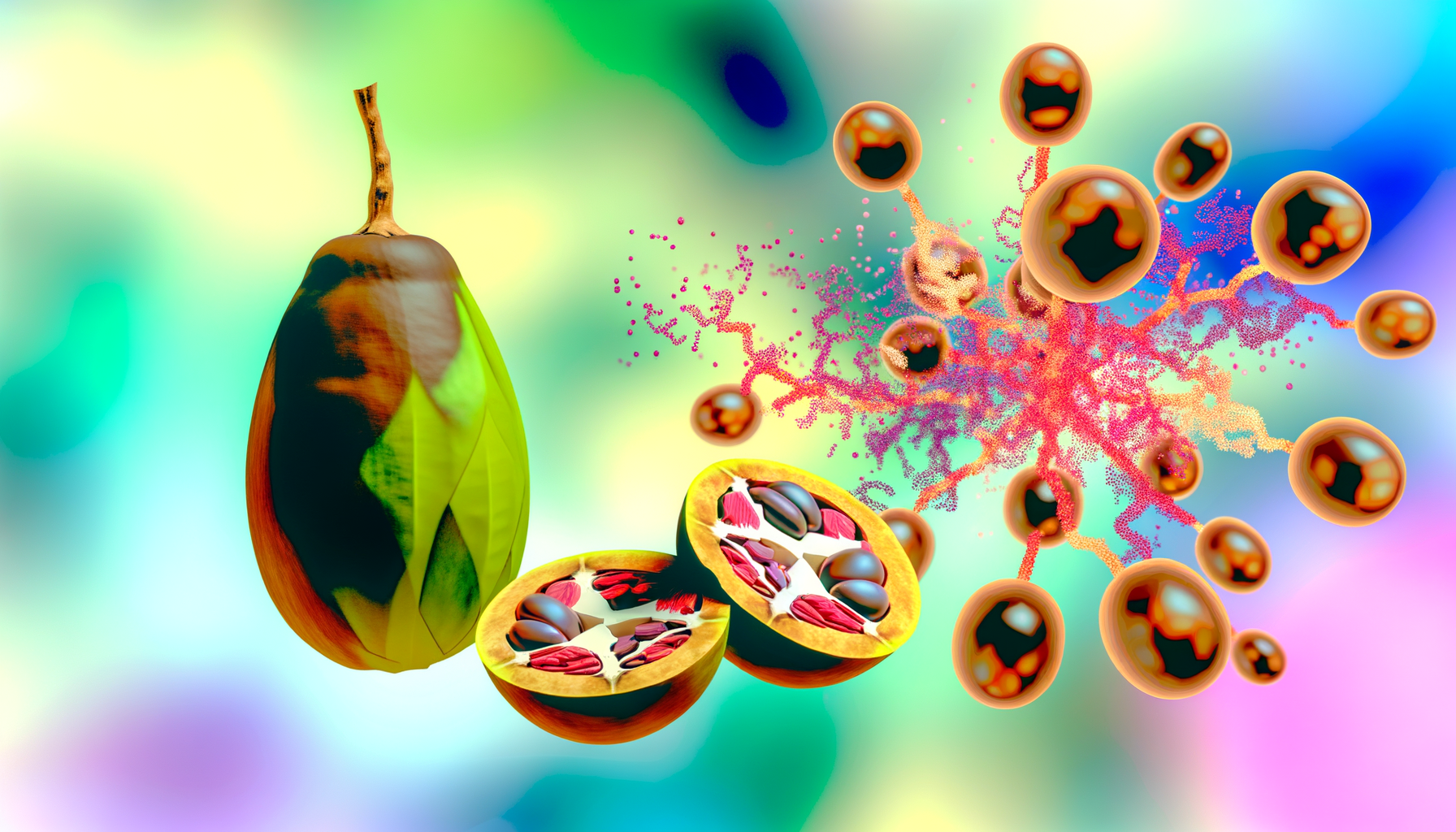Unveiling the Hidden Treasures of Akebia Species: A Metabolomic Journey
Article Selection and Core Summary
Recently, an intriguing study titled "Metabolomic Profiling of Akebia Species: Comparative Analysis of Bioactive Compounds in the Pulp of A. trifoliata, A. trifoliata ssp. australis, and A. quinata" captured my attention. This research dives deep into the chemical world of Akebia fruits, known for their delightful taste and medicinal benefits. By using advanced techniques like UPLC-MS/MS and GC-MS, scientists identified 1,429 metabolites across three Akebia species. The core claim is that A. trifoliata (AKT) shows a higher concentration of nutrients and medicinal compounds compared to the other species. The study highlights terpenoids, amino acids, flavonoids, and phenolics as prominent compounds, with AKT standing out for its rich bioactive compound accumulation.
Background Knowledge and Context
To appreciate the significance of this study, let's first understand a few terms:
-
Metabolites: Think of these as the tiny molecules that result from all the chemical processes happening inside an organism. They're like ingredients in a vast recipe book that tell us a lot about the plant's properties.
-
UPLC-MS/MS and GC-MS: These are high-tech tools scientists use to peek into the life of a plant at a molecular level. Imagine having a magnifying glass that lets you explore ingredients within a fruit down to the finest detail.
Analysis of Research Significance and Practical Applications
The significance of this research is multifaceted:
-
Medical Potential: Understanding the metabolomic profile of Akebia species opens avenues for developing new health supplements. For instance, compounds like flavonoids and terpenoids are already known for their antioxidant properties, which can combat inflammation and aging.
-
Agricultural Impact: Farmers and horticulturists can use this information to enhance cultivation practices, ensuring higher yields of more nutritious fruits.
-
Consumer Health: For health-conscious individuals, incorporating Akebia fruits into their diet could mean better nutritional intake and the potential to leverage their medicinal properties.
Personal Expert Opinion and Future Outlook
The findings present an exciting frontier in functional foods and nutraceuticals. However, a limitation remains in translating these findings directly to human health benefits without comprehensive clinical trials. Future research should focus on conducting such trials to confirm the health benefits suggested by metabolite analysis.
Moreover, while AKT is identified as the richest in bioactive compounds, there's room to explore how environmental factors, such as soil and climate, affect these metabolite levels. This could lead to optimized growing regions for Akebia.
In Conclusion
The metabolomic profiling of Akebia species offers a glimpse into potential breakthroughs in both nutrition and medicine. By understanding the molecular composition of these fruits, we could soon see them playing a significant role in promoting health and wellness.
References
For a deeper dive into the study, visit the article here: Metabolomic Profiling of Akebia Species.
